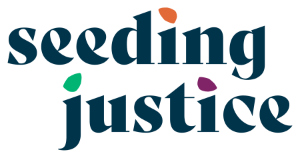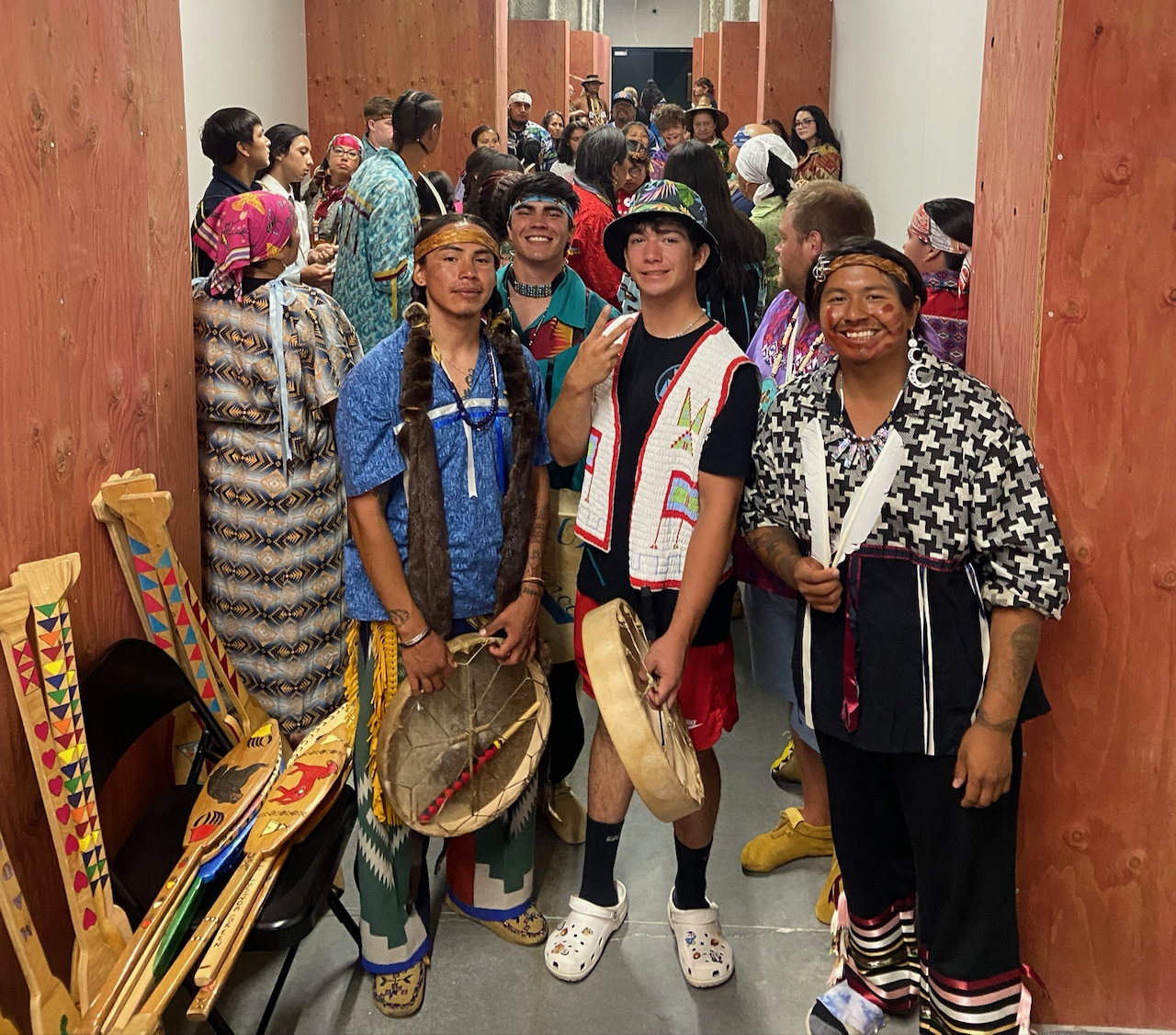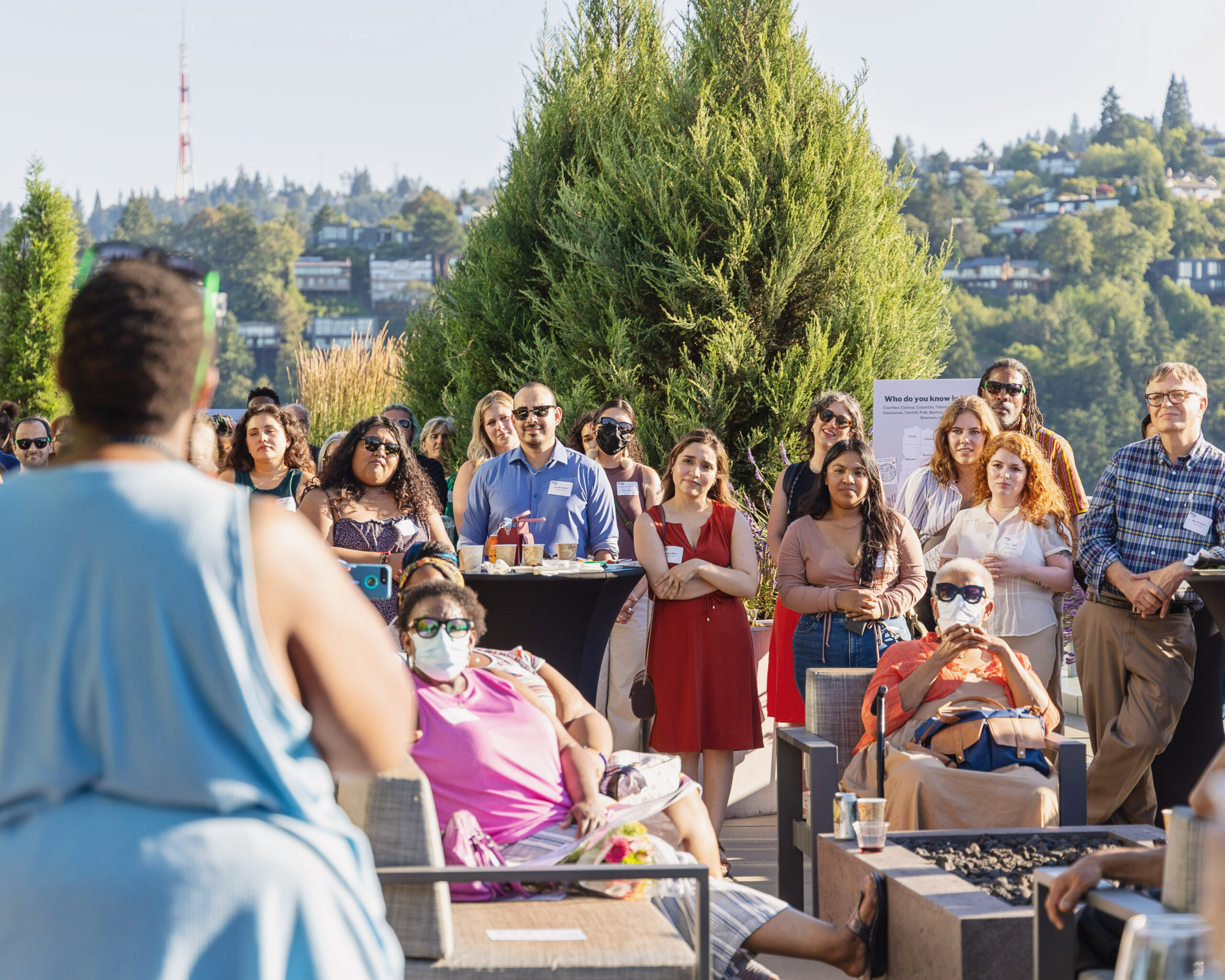For the past week and a half, delegations from across the world have been gathering in Glasgow to discuss the reality of climate change and the steps and solutions we need to make to save the planet.
Seeding Justice grantmaker Makerusa Porotesano has been attending COP26, the UN’s Climate Change Conference, on behalf of Pacific Climate Warriors. We caught up with Mak to talk about what’s been happening since the conference began, the pressure of sitting at the largest climate table in the world, and the work that lies ahead.
What exactly is COP?
In all honesty, before I got into climate work, I didn’t know what COP was.
The Paris Accords are usually the marker that I use to introduce the concept of COP, or Conference of Parties. Remember those Paris Accords when Trump pulled out and everyone was mad at the US? All that happened at a COP. This COP is like a new day for us from the US. It’s the first time in four years that a COP has taken place without Trump, who desperately tried to dismantle a lot of the work from the Paris Climate Accords. COP is a major gathering where pivotal climate negotiations take place on a global level.
What work led you here?
My name is not really synonymous with environmental work in Portland. My campaigning and organizing work is mostly in the Pacific. Our group was formed in 2014 and my work has really been about advocating and supporting youth voices and Islander representation in the climate world. This year specifically I was asked to come because a lot of our members from the Pacific were not able to travel due to COVID restrictions.
What does it feel like to be there in the middle of everything?
It’s weird. Some days I feel like, “Wow the world is crumbling,” and other times I’m like, “Okay, this sounds like this is a solid plan.” It’s been overwhelming some days, but our team prioritizes self care and it’s been good to take some time off here and there to refocus, regroup and re-energize.
That’s kind of a terrifying yet hopeful place to be. What are some of the barriers the Pacific Islands are facing when it comes to climate change?
Most islands in the Pacific are atoll islands, very low lying, not mountainous at all. I lived in the Marshall Islands for a year. On some parts of the island I could throw a football from the lagoon side to the ocean side and I can’t throw a football very far (laughs). They’re having to focus a lot of their negotiating around loss and damages, and adaptation support, like building up on top of their island to keep from submerging. There are 36 atoll groups in the Marshall Islands. How much support they get will determine how many islands can receive support for the adoption plan. That’s a really tough place to be in. My home island of American Samoa doesn’t even have a representative here at this conference, so showing up was important for me to share our climate leadership and perspectives.
You mentioned that although other nations have made the Pacific Islands feel invisible, that your oral traditions–that storytelling–has impacted policymaking. Can you share an example?
In October 2014, the UN had its general assembly and Kathy [Jetn̄il-Kijiner] was the closing speaker. All the top players, Al Gore, the mayor of NY, she literally spoke after Leonardo DiCaprio, and she delivers this speech and poem and when it’s done, there’s a standing ovation.
All these heads of states were coming up to us like, “I have a grandson, I have a granddaughter.” It was just crazy that a story like the one she told humanized the climate movement and people could see themselves and their kids in the policies they were making. People were crying in the crowd. These are heads of state!
When we were done, the assistant Secretary General came to our hotel and said, “You need to know, we don’t get standing ovations at the general assembly. As far as we can tell, this was only the second time. The first was Nelson Mandela.”
That story, along with the leadership from minister Tony Debrum from the Marshall Islands who also told stories and used metaphors helped in negotiating for the Accords to agree on 1.5°C as the global warming limit on the last day instead of 2.0°C. It had to be 1.5°C for low lying islands to survive and 1.5 was added into the accords. That’s the power of our oral traditions.
I think when the rest of us around the world see an event like COP happening, it feels like standing on the brink of a potential major shift. What’s really happening behind the scenes?
When the Paris Accords came out there was supposed to be all this money funneled into climate work. They’re not even close to distributing what they’re supposed to give. The governments that agreed to support these climate initiatives have given billions of dollars to climate polluters. They can put whatever they want on the table and it’s the follow through that a lot of us are hoping that happens. Not only stronger policies and agreements, but how are we holding ourselves accountable? This was the thing we were scared of in Paris.
There was an article from Ford Foundation about governments and private institutions pledging $1.7 billion dollars to support Indigenous people and local communities. What does that mean in reality? Does it matter?
The crazy thing is, $1.7 billion dollars is just a drop in the bucket. It helps, but we’re going to need so much more to make the kind of impact we need to save our islands.
When you spread it globally and you think about all the money that goes into supporting the fossil fuel industry, we’re talking trillions. It’s not just Ford Foundation or other foundations or the government, it has to be the collective. It has to be a transition out of what’s polluting our earth and into the solutions that will save us. At the end of the day, it’s not enough. The hundreds of billions of dollars that the government keeps giving fossil fuel industries, we need that money to transition into better climate practices and renewable energy.
Is there anything you’re optimistic about?
We can’t afford to be optimistic, we have to be in here fighting for our lives. People from the Pacific, we’re resilient. We’ve wrestled the seas, we’ve survived waves of colonialism. We’ve dealt with climate impacts. We’re going to keep fighting, optimism is not a luxury afforded to us.
We’re not drowning, we’re fighting. We literally have islands that use 100% renewable energy. We have the lowest carbon emissions. We’re literally leading the way. We still have cars, boats, private companies and we don’t have the huge carbon emissions that other nations have. They can be like the Pacific.
Everyday at COP I’m blown away by the stories of our youth and leadership of our people. Every day has been an opportunity to show the world what climate leadership looks like and without fail our people deliver.
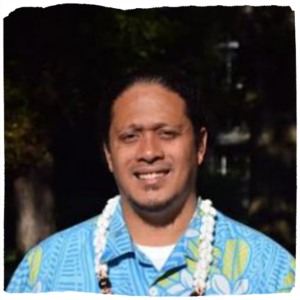 Makerusa Porotesano is the founder of the Pacific Islander Student Alliance (PISA), which started in 2007 when he was an undergraduate student. He is also the founding coordinator of the Men of Color Leadership Program at Portland Community College, and before that, the coordinator of the Pacific Islander, Asian and Asian American (PIAAA) Student Center at Portland State University, the Manager of Continuing Education at the University of the South Pacific, Majuro Campus, and the Director of the Office of Student Activities and Leadership at Chaminade University. Makerusa is a second-generation American Samoan from the village of Fogagogo. Away from his day job, Mak is an organizer with the Pacific Climate Warriors of 350 Pacific, and is the former Chair of the Samoa Pacific Development Corporation, a 501(c)(3) Organization for Samoans in Oregon. He joined Seeding Justice’s grantmaking committee in January 2020.
Makerusa Porotesano is the founder of the Pacific Islander Student Alliance (PISA), which started in 2007 when he was an undergraduate student. He is also the founding coordinator of the Men of Color Leadership Program at Portland Community College, and before that, the coordinator of the Pacific Islander, Asian and Asian American (PIAAA) Student Center at Portland State University, the Manager of Continuing Education at the University of the South Pacific, Majuro Campus, and the Director of the Office of Student Activities and Leadership at Chaminade University. Makerusa is a second-generation American Samoan from the village of Fogagogo. Away from his day job, Mak is an organizer with the Pacific Climate Warriors of 350 Pacific, and is the former Chair of the Samoa Pacific Development Corporation, a 501(c)(3) Organization for Samoans in Oregon. He joined Seeding Justice’s grantmaking committee in January 2020.
